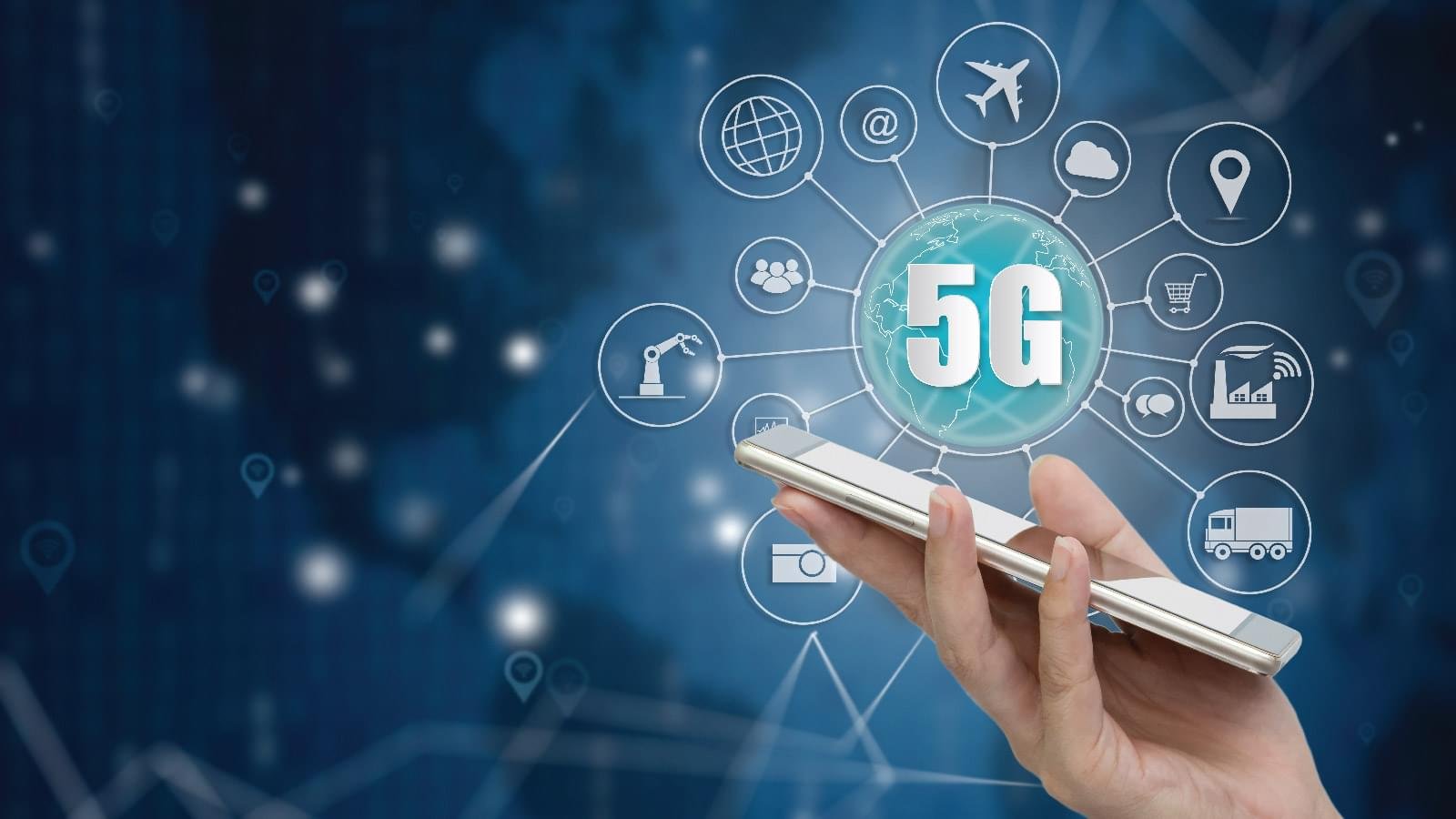The union of physical and digital technology is the core idea behind Industry 4.0. With Industry 4.0, producers can employ networked systems to learn vital information about their processes. The operational effectiveness can be increased by using these insights. The market for Industry 4.0 is expected to reach $337.1 billion by 2028, indicating the enormous business potential that still exists in this area.
The National Institute of Standards and Technology (NIST) describes smart manufacturing as a subset of Industry 4.0 and systems that are “fully-integrated, collaborative manufacturing systems that respond in real time to meet changing demands and conditions in the factory, in the supply network, and in customer needs.”
The impact that 5G has on Industry 4.0 will be distinctive since the mix of developing technologies is what will start the next industrial revolution. The production line won’t change as a result of 5G as a trend, but it will make new operating models possible. 5G will give manufacturers the chance to develop smart factories that can benefit from the rising technology that is altering the sector since it has network properties that are crucial for production.
How are systems connected?
The connected economy is not complete without the Internet of Things (IoT). Many businesses have already installed predictive maintenance systems and are leveraging IoT solutions to consolidate their control rooms, manage assets in their factories, and improve analytics functionality.
Naturally, Industry 4.0 will stagnate without the capacity to connect these devices. Low power wide area networks (LPWAN) are adequate for some connected devices, such as smart meters, that only transmit very small amounts of data, but in the manufacturing industry, where numerous data-intensive machines are frequently used close to one another, the opposite is true of IoT deployment.
How to handle data increase as you scale in 5G and IoT
Because to this, Industry 4.0 relies heavily on 5G connectivity. The increased speeds and reduced latency of 5G are necessary for the efficient use of autonomous robots, wearables, and VR headsets in a market reliant on data-intensive machine applications, such as manufacturing, and will help shape the future of smart factories. Also, while some linked devices used 4G networks using unlicensed spectrum, 5G enables this on a never-before-seen scale.
Instantaneous communication
The reduction of network latency that 5G offers is another significant aspect of 5G in regard to Industry 4.0. “This enables the possibility for apps, devices and entities to communicate in near real time, if not absolute real-time,” said Anurag Lal, CEO of Infinite Convergence Solutions.
Because of the real-time nature of that particular application and how it must continually communicate with the constantly changing environment that it is deployed in, autonomous driving instantly springs to mind as one of the applications that may not have been possible in the past.
Why IoT digital trust is important
But, 5G delivers slower speeds with frequencies that carry further from cell sites into structures housing IoT devices, so it’s not just about speed. For many devices, this translates to greater battery life—up to 10 years in some cases.
Networking will alter with 5G
Unparalleled wireless speed and consistency come with specific requirements for network operation adjustments. To accommodate the scalability and capacity of 5G, providers will need to use Software-defined Networks (SDN). SDN enables the development and addition of new functionality on a software-based timetable rather than the conventional (and slower) hardware timetable, making networks more flexible and effective.
Two sides of the same coin: AI and IoT
Network security and management are made possible by SDN. SDN has been thoroughly tested and implemented by many forward-thinking organizations as a way to boost bandwidth and save expenses throughout their corporate networks.
Potential of 5G: more connections and data
The next generation of mobile communication infrastructure, 5G, will provide applications that use IoT data a boost because to its low latency and increased bandwidth. By 2020, 66% of organizations intend to install 5G, according to Gartner. The use-case for 5G would reportedly involve IoT communications, according to 59% of respondents.
IHS Markit predicts that by 2025, there will be 73 billion IoT devices, up from 27 billion in 2017. According to Capgemini, common use cases will involve inventory intelligence, smart meters, environmental monitoring, and operator productivity. The use cases for 5G and IoT are constantly growing. For instance, the 5G RuralFirst programme has fitted 5G collars on cows to operate a robotic milking system as part of the UK government’s nationally coordinated trials.
IoT and 5G will increase demand for distributed data
In specific use scenarios, IoT has already demonstrated its value in enhancing company productivity. When 5G is used in conjunction with the IoT opportunity, more acceptance and future growth should result. It ought to enable organizational changes that create business models with customers at their core. The usage of data at scale should also be supported by it.
Yet only those who create a corporate data architecture that is appropriate for their needs and is based on a more distributed approach to data will be successful. The remainder will struggle to use data efficiently and regard this influx of data as a constraint rather than an enabler, which will cause them to fall behind in the market.




